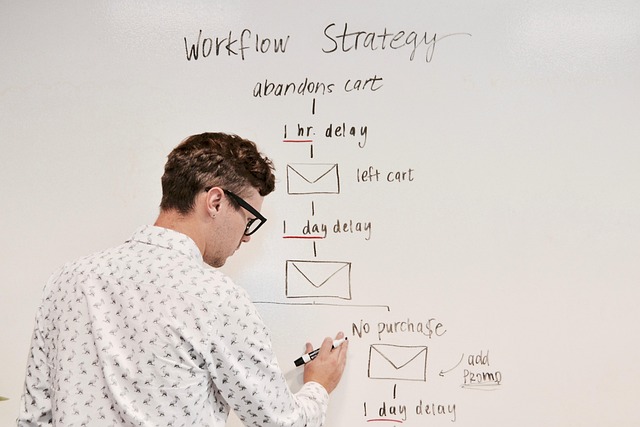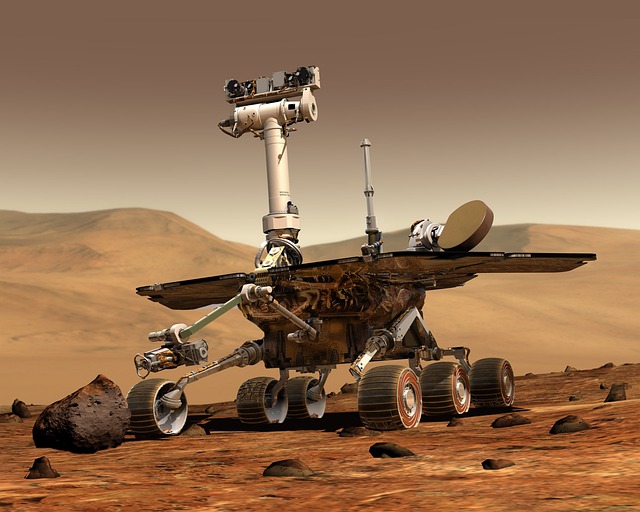Algorithm Overhauls Are Changing the Game
Build, test, iterate. Then do it again. If you’re vlogging in 2024, getting noticed isn’t about luck or dropping one viral hit. It’s about figuring out what your audience connects with, refining how you deliver it, and putting in the reps. The platforms are shifting under our feet. Algorithms care less about flair and more about habits — yours and your viewers’.
Too many creators chase shiny tools or trends without understanding the core problem: how to stay visible in an attention economy. Visibility now demands real-time engagement, consistent content drops, and a genuine connection with your niche. It’s not about tricking the system. It’s about solving the right creative problem — keeping people coming back.
Clarity beats complexity. Focus beats noise. The creators winning this year are the ones who keep things simple, sharp, and steady.
Introduction
Vlogging has taken punches over the years—from shifting attention spans to algorithm curveballs—but it keeps hitting back. Creators who last don’t just chase views. They adapt, learn fast, and show up. The medium has morphed, but the core strength lies in its flexibility. Whether it’s cinematic travel diaries or low-fi daily check-ins, vlogging has proven it can evolve with the internet around it.
But 2024 brings a different kind of pressure. Platforms are changing their rules. Audiences are tuning out fluff faster. The pace of content expectations is relentless. If you’re waiting to see what works, you’re already behind. Top creators aren’t playing catch-up. They’re testing early, getting uncomfortable, and treating innovation like it’s part of their job—because it is. In this world, survival isn’t about jumping on a trend. It’s about seeing it coming.
Culture That Unlocks Innovation
Flat Teams, Fast Cycles
In high-performing creator teams and startups alike, innovation thrives when decisions are made quickly and ownership is shared. Top-down bottlenecks can stall creativity, watering down great ideas before they ever reach the public.
- Flat hierarchies support faster feedback loops
- Creative autonomy invites risk-taking and bold ideas
- Micro-decisions at the edge lead to macro breakthroughs
When creators and collaborators feel empowered to act without layers of approval, ideas move faster from concept to execution. This speed fuels competitive advantage.
Turning Failure Into Fuel
Once a team embraces experimentation, it must also normalize failure. Without space to stumble, true innovation doesn’t happen.
- Treat failed experiments as data, not dead-ends
- Debrief after launches to extract lessons
- Reward initiative, even if the outcome misses the mark
A strong innovation culture sees failure as fertilizer: each misstep enriches future success.
Hiring for Curiosity Over Credentials
Innovation is driven less by technical perfection and more by a willingness to explore, question, and adapt. That’s why building a future-ready team means hiring people fueled by curiosity.
Look for candidates who:
- Ask thoughtful, open-ended questions
- Show a track record of side projects or self-driven learning
- Thrive in environments of ambiguity and change
Skill sets evolve, but curiosity compounds. The creators who stay ahead in 2024 will be those who build teams wired to learn, test, and grow—together.
Why Today’s Tech Innovators Think in Sprints, Not Marathons
The long-game mindset is outdated. In 2024, speed is survival, and tech innovators know it. The best ideas rarely come fully formed. Instead, it’s about fast builds, early launches, and listening to what users actually do. That’s why sprints have replaced marathons. Test quickly. Fail faster. Learn before dumping time or money into the wrong thing.
MVPs (Minimum Viable Products) are now the standard starting point. No bells. No whistles. Just enough function to see if someone cares. Once it’s out, the feedback loop begins. Real users point to what’s broken, what’s missing, and what weirdly works. That’s the intel that fuels iteration.
Smart founders know when it’s time to shift course. If people are using your product in ways you didn’t expect, lean into that. That’s a pivot. If no one’s using it, and they’ve had a fair shot to try—shut it down. Don’t get romantic. Sprints are about progress, not perfection.
Smart creators aren’t just looking at who’s winning in 2024 — they’re studying who failed and why. There’s a pattern in vlogging flops. Overcomplicated formats. Months lost tinkering with editing styles. Teams that never aligned on the direction. The lesson? Keep the creative process lean, test publicly early, and work with people who know how to move fast and stay in sync.
Trying to perfect every detail before hitting publish is a trap. So is launching late into trends that are already fading. Vloggers gaining traction this year are adapting fast, posting before they feel 100 percent ready, and letting feedback lead them.
Want to go deeper into failure stories and how they sharpen your strategy? Check out this related article: Lessons Learned from Failed Startups in Emerging Tech Sectors.
Preparing for What’s Next
The next wave of tech—AI-assisted tools, immersive formats, monetization layers—is already here. The challenge isn’t spotting trends. It’s knowing which ones matter to your content and community. Smart creators sidestep the noise and focus on tools that solve real problems—automating edits, trimming post-production time, or sharpening scripts. No hype. Just utility.
Scaling doesn’t mean bloating. The best vloggers of 2024 are staying lean: focused teams, minimal gear, clean setups. They build out workflows that grow with them, not weigh them down. More subscribers or clients shouldn’t require a total system overhaul.
Here’s the real bottom line: platforms will change. Tech definitions will shift. But creators who adapt without losing voice or clarity—those are the ones who stick. Your work evolves, your mission doesn’t.


 Lorissa Ollvain is a tech author and co-founder of gfxrobotection with expertise in AI, digital protection, and smart technology solutions. She is dedicated to making advanced technology accessible through informative, user-focused content.
Lorissa Ollvain is a tech author and co-founder of gfxrobotection with expertise in AI, digital protection, and smart technology solutions. She is dedicated to making advanced technology accessible through informative, user-focused content.

